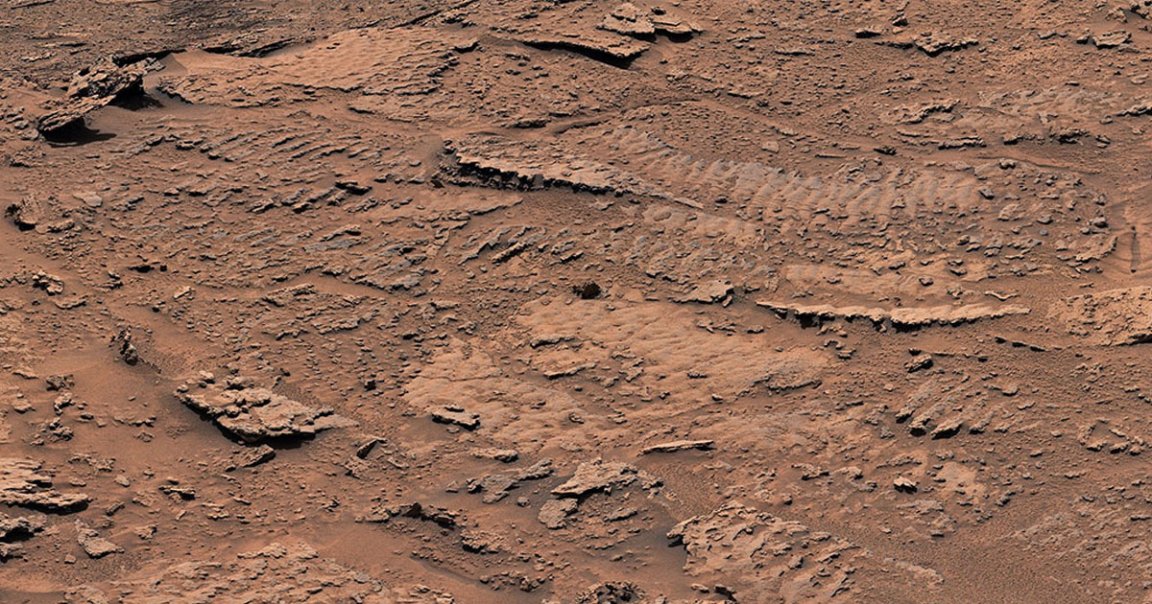
Ripple Torn
NASA’s Curiosity Mars rover has made yet another astonishing discovery, more than ten years into its epic journey across the Red Planet’s barren surface.
The rover has discovered “the mission’s clearest evidence yet” of what NASA scientists believe to be “ancient water ripples,” a fascinating new clue into the puzzle of Mars’ ancient past.
The ripples suggest that the surrounding “sulfate-bearing unit,” which Curiosity has been exploring since the fall of last year, was once covered in a shallow lake. Waves on the surface then stirred up sediment, the theory goes, leaving behind ghostly ripple-like textures in the rock.
Wet and Dry
It’s an evocative discovery that has the Curiosity team in awe.
“This is the best evidence of water and waves that we’ve seen in the entire mission,” said Ashwin Vasavada, Curiosity’s project scientist at NASA’s Jet Propulsion Laboratory, in a statement.
“We climbed through thousands of feet of lake deposits and never saw evidence like this — and now we found it in a place we expected to be dry,” Vasavada added.
Curiosity has closely been working its way up the side of Mount Sharp, a massive crater. There, it’s studying the progressive layers of its walls, giving it a fascinating snapshot of the planet’s ancient past and allowing scientists to study how the planet evolved over billions of years.
Complex Climate
The rover has found plenty of other evidence that the area was once watery, such as a valley called Gediz Vallis, which was likely carved by a channel of water running through it. A debris pile spotted by Curiosity suggests these landslides brought massive boulders to slide down the valley over time.
In short, the intricate patterns carved into the Red Planet’s arid surface suggest a fluctuating and ever-changing past.
“The wave ripples, debris flows, and rhythmic layers all tell us that the story of wet-to-dry on Mars wasn’t simple,” Vasavada said in the statement. “Mars’ ancient climate had a wonderful complexity to it, much like Earth’s.”
READ MORE: NASA’s Curiosity Finds Surprise Clues to Mars’ Watery Past [NASA]
More on Curiosity: NASA Mars Rover Finds Metallic Object That Smashed Down on Surface